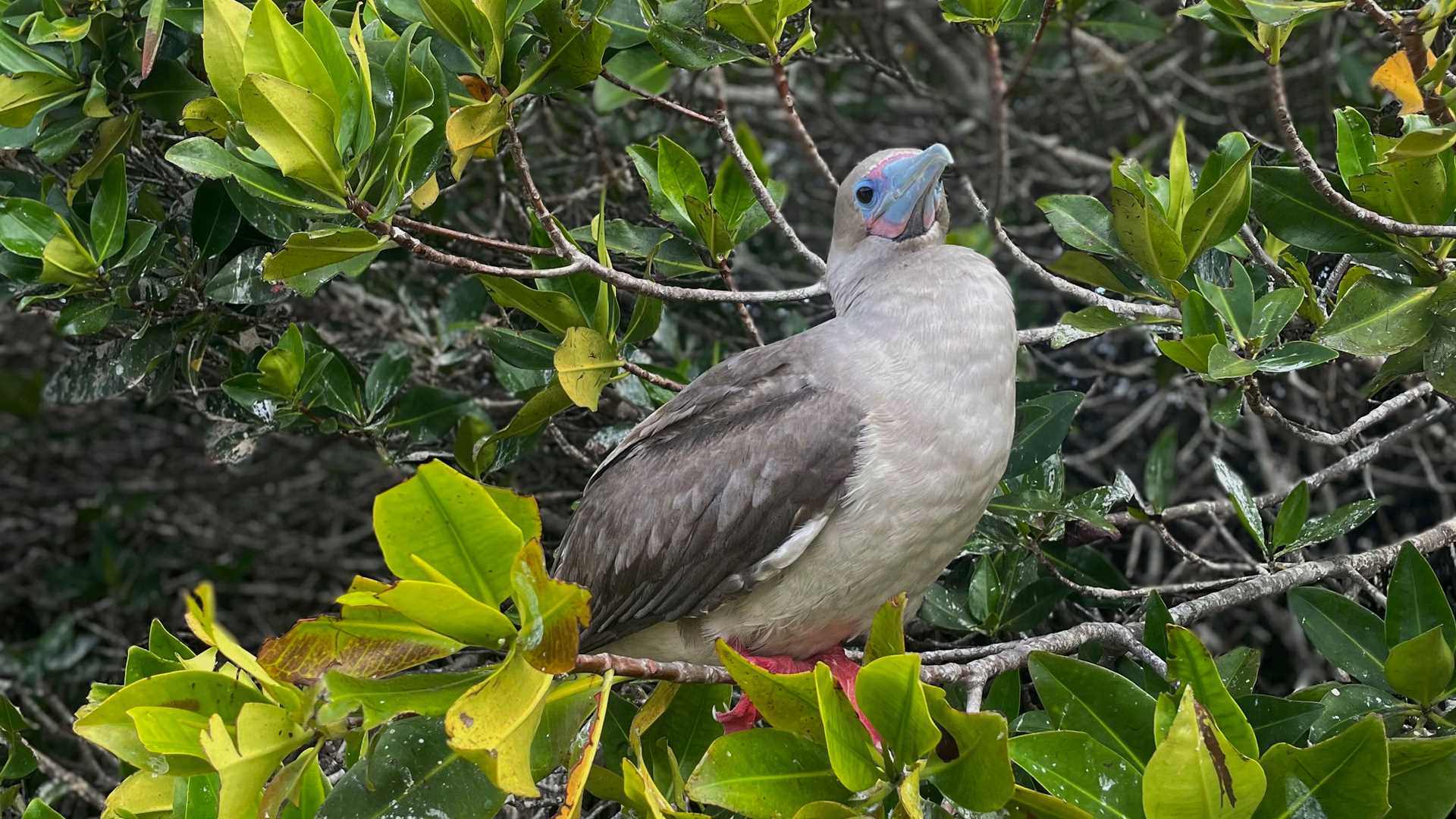Today we explored Genovesa Island. This northern island is washed by the Panama current, which provokes higher temperatures of the water which was apparent when one felt it. We observed red-footed boobies, Nazca boobies, frigatebirds, and many other seabirds in large numbers. It was such a privilege to finish our week exploring a wonderful place like Genovesa Island.
Call +1.800.397.3348 or contact your travel advisor







